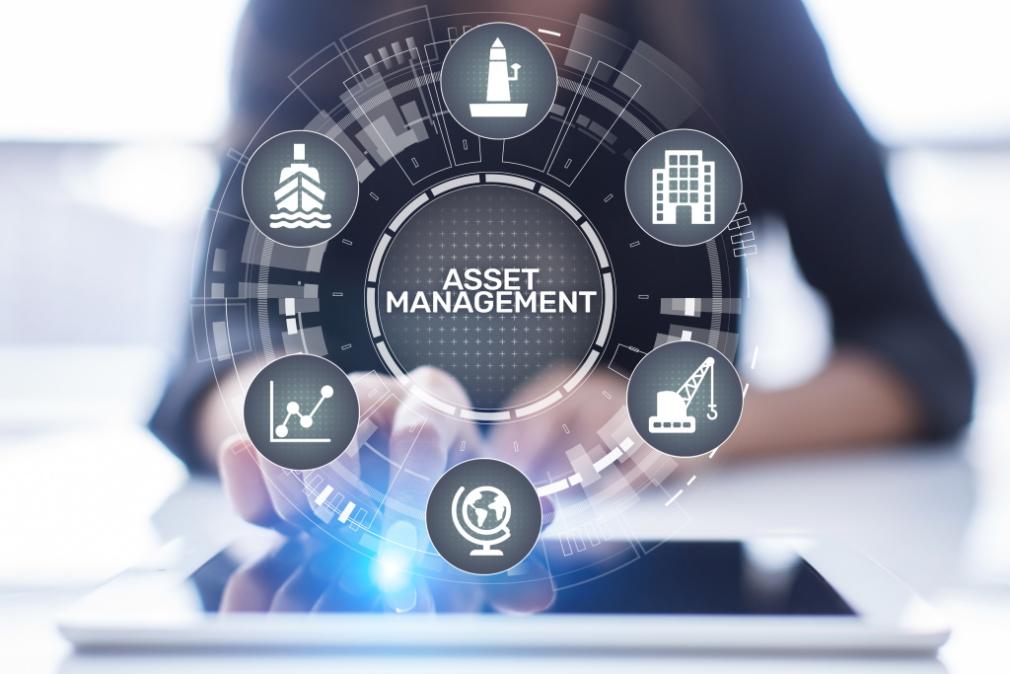How Can I Stay Up-to-Date on the Latest Trends in Asset Performance Management?
In today's competitive business landscape, organizations must optimize asset utilization and minimize downtime to remain competitive. Asset performance management (APM) plays a crucial role in achieving these goals by monitoring, analyzing, and optimizing asset performance throughout their lifecycle. However, the dynamic nature of APM demands that professionals stay updated with the latest trends to maintain a competitive edge.

I. Continuous Learning
Ongoing learning and professional development are essential for staying abreast of APM trends. Attending industry conferences, workshops, and seminars provides valuable insights from experts and peers. Subscribing to industry publications, blogs, and newsletters keeps professionals informed about the latest developments.
II. Networking And Collaboration
Networking with industry professionals fosters idea exchange and learning about emerging trends. Joining professional organizations and online communities dedicated to APM connects individuals with like-minded peers. Participating in industry events and forums facilitates discussions and new perspectives.
III. Technology Adoption

Technology plays a significant role in shaping APM trends. Artificial intelligence (AI), machine learning (ML), and the Internet of Things (IoT) are revolutionizing asset performance and efficiency. Exploring new technologies and staying informed about their potential applications in APM can provide a competitive advantage.
IV. Data Analytics And Predictive Maintenance
Data analytics is crucial in APM for identifying patterns, trends, and anomalies in asset performance. Predictive maintenance techniques prevent failures and optimize maintenance schedules. Leveraging data analytics tools and platforms can yield actionable insights from asset data.
V. Industry Best Practices
Researching and learning from industry best practices in APM provides insights into effective strategies and techniques. Identifying case studies and success stories of organizations that have successfully implemented APM initiatives can offer valuable lessons. Applying relevant best practices to one's organization can improve asset performance and reliability.
VI. Continuous Improvement
Continuous improvement is essential in APM to adapt to changing industry trends and technological advancements. Regular reviews of APM strategies and practices identify areas for improvement. A culture of continuous learning and innovation drives ongoing improvements in asset performance.
VII. Conclusion
Staying up-to-date on APM trends is crucial for optimizing asset performance and maintaining a competitive edge. Actively seeking out new knowledge, networking with industry professionals, and embracing technology can lead to improved asset performance and reliability.
YesNo

Leave a Reply